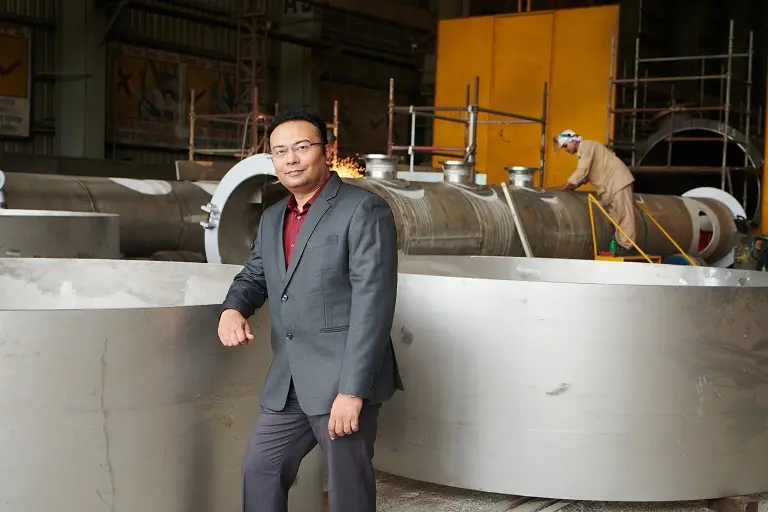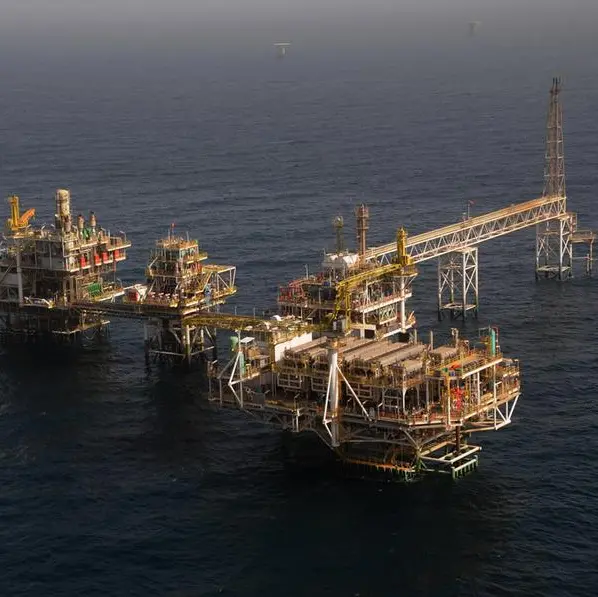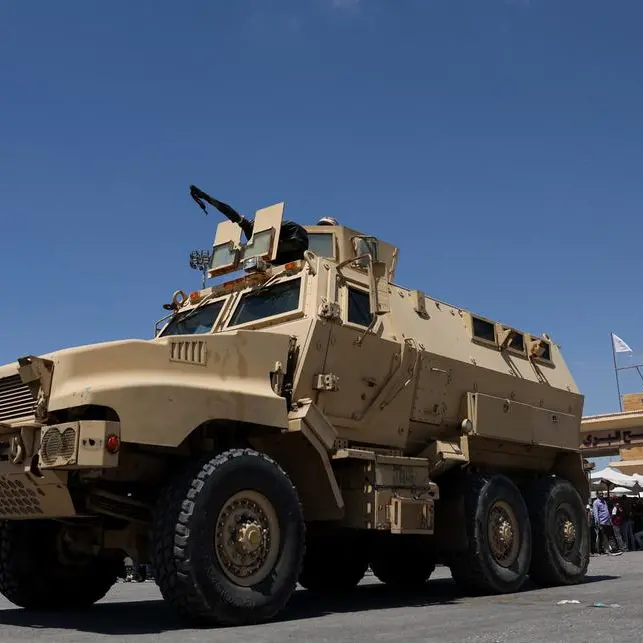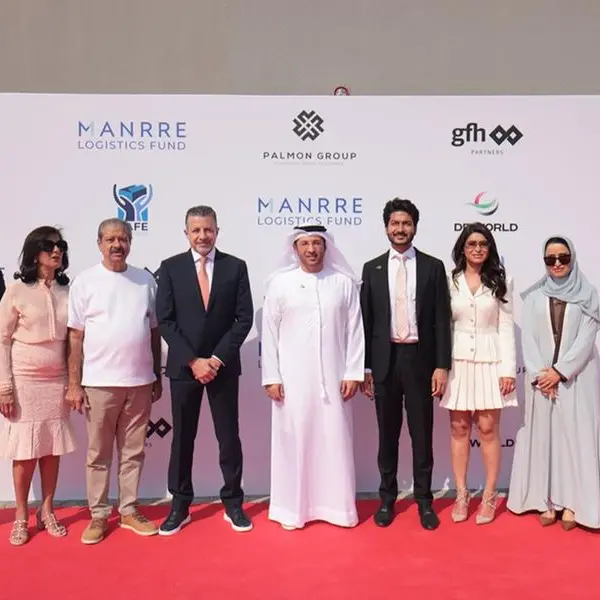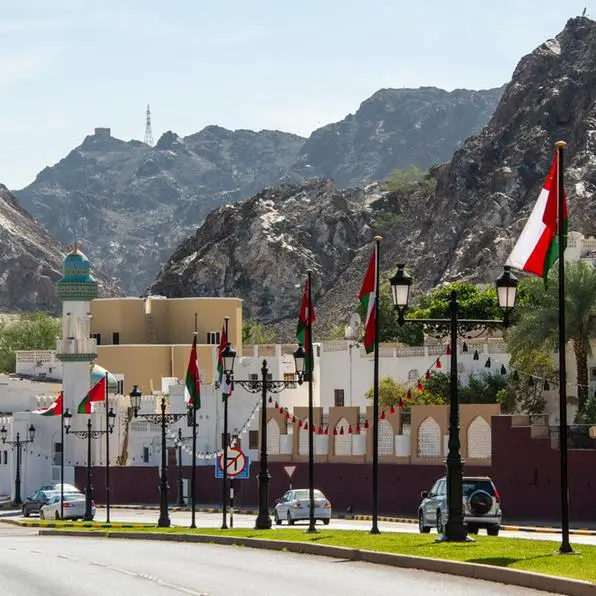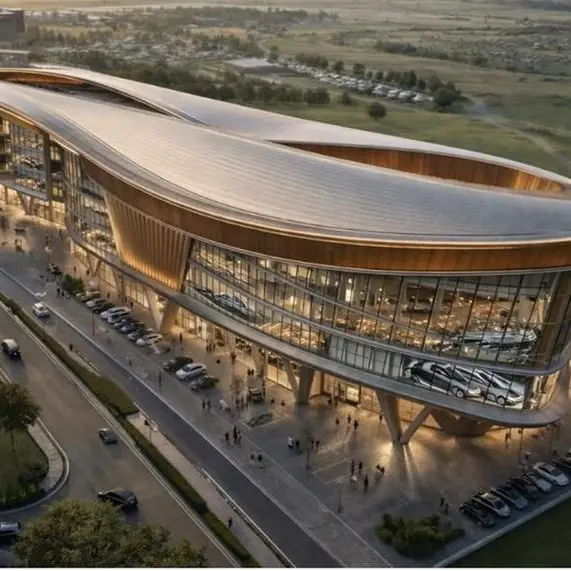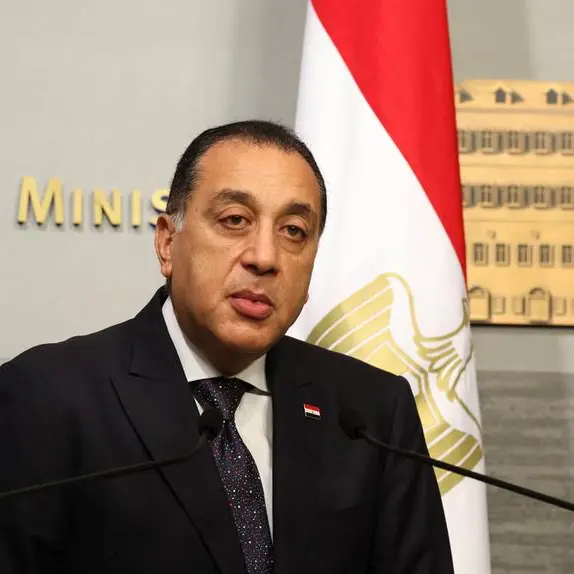PHOTO
India-headquartered critical process equipment supplier Godrej Process Equipment, a subsidiary of Godrej & Boyce, one of India's oldest business conglomerates, is aiming to capitalise on new energy projects coming up in the Middle East driven by the rapid expansion of the region's energy market and its increasing focus on renewable sources.
With a $65 million investment in high-end manufacturing facilities in India and several big-ticket deliveries behind it, the company is banking on its experience to expand its presence in the global energy market with a focus on the Middle East.
"We are targeting to double our growth by 2025 from the business in the Middle East region," said Hussain Shariyarr, Senior Vice President & Business Head at Godrej Process Equipment.
The company has two high-end manufacturing facilities in Mumbai and Dahej, capable of manufacturing the entire range of static equipment for core industry segments.
In an interview with Zawya Projects, Shariyarr talks about the global energy market and the transformations in the sector amid a push toward energy security and environmental footprint reduction.
Discussing the key factors driving the process equipment market, Godrej Process Equipment VP elaborated on his company's investments and plans to benefit from these drivers.
Excerpts from the interview:
What are the key factors driving the process equipment market?
The growing emphasis on Net-Zero is the main factor for accelerating global projects, including exploring future energy sources like hydrogen and renewable power. There is an increasing trend of bio-refineries too.
Strong economic growth, the emergence of new energy applications, and rising incomes are witnessing an increasing push for energy security. Equally, the global energy crisis is bringing about significant, long-lasting changes speeding up the transition to a more sustainable and secure energy system.
In this context, the overall investment for new global projects is expected to be focused on capacity additions to meet the demand, achieve self-sufficiency in the short term, and reduce the environmental footprint with green energy in the long run. We aim to leverage this to expand our global footprint in the energy market.
The last five years have been dynamic in exploring several lines of green energy production processes, and process equipment have a crucial role in these projects.
How is your company responding to the opportunity presented by this growing emphasis on green energy?
As mentioned, recent years have seen a dynamic exploration of green energy production processes such as renewable power and hydrogen generation as fuel.
We are continuously looking for and participating in clean energy projects like supplying critical process equipment in hydrogen generation, transmission, and storage. We have provided equipment globally for blue hydrogen projects and recently received an order to supply critical heat exchangers for a green hydrogen project.
We have been supplying nuclear projects for many years. We are executing a prestigious order to manufacture steam generators for the Nuclear Power Corporation of India for its 700-megawatt PWHR (Pressurised Heavy Water Reactor) nuclear power plant. This will also strengthen our presence in the nuclear sector and establish us as a key equipment supplier in the power sector.
Which markets in the global arena are you focusing on?
Globally, Africa, the Asia Pacific, the Americas, and India are our key international markets. For instance, the Indian petrochemical market is around $190 billion and is expected to double by 2025. There is a massive opportunity in Indian projects for process equipment manufacturers.
How important is the Middle East in your international plans?
The Middle East is a core market for our business. We have built local partnerships in the Middle East with our representatives and set up a regional office in the UAE to cater to this market. We can see several business opportunities with immense potential due to significant investments happening in the region. Many key projects are being announced or are under development in the Middle East, including paradigm-shifting projects like NEOM.
Investments in the energy sector will rise significantly in the region as countries like UAE, Qatar, and Saudi Arabia have announced their new projects. We are targeting to double our growth by 2025 from the business in the Middle East.
Our key markets in the region include the UAE, Saudi Arabia, Qatar, Bahrain, Kuwait, and Oman for their various refinery, petrochemical, fertiliser, and hydrogen projects.
Could you comment on your existing manufacturing capacities and plans for leveraging the growth opportunities you referred to earlier?
We have already invested about $25 million to construct a manufacturing facility in Dahej, India, and an additional $40 million for its expansion. With this investment, we are expanding 35 percent of our overall manufacturing area and aiming to double our revenue by 2025. This facility is well-equipped for manufacturing and delivering critical and over-dimensional consignments (ODC) for global projects.
Our strategic expansion will involve a dedicated bay for nuclear equipment and another for heavy equipment manufacturing. This will house a state-of-the-art Clean Room facility for manufacturing critical process equipment with exotic metallurgy like Titanium, Zirconium, among others.
This expansion also will include two extended manufacturing yards for large and ODC (Over Dimensional Cargo) equipment. The extended fabrication yard houses a crane with an under-the-hook height of 20 metres, primarily focusing on manufacturing large and over-dimensional static equipment. In the future, this extended yard will also be used for modular fabrication.
This ongoing capacity and capability expansion will help us strengthen our presence in sectors of hydrogen and power for specialised and large equipment in addition to existing portfolios in the oil & gas, chemicals & fertilisers, and power sector. The Phase 2 expansion of our Dahej plant has recently been completed, and there are further plans for expansion.
Automation, digitalisation, MES, and robotic operations are the current initiatives in our facilities. We have also embraced Industry 4.0.
What are the new developments in the process equipment industry to facilitate energy transition?
The global trend is inclining towards several variants of renewable energy sources, including hydrogen as a fuel. Major companies are developing green hydrogen technologies, especially in the development of electrolysers, and focusing on improving energy efficiency and cost-effectiveness.
Hydrogen energy is expected to be versatile, as it can be used in gas or liquid form and be converted into electricity or fuel. There are many ways of producing it. But for safe storage and transmission, hydrogen is converted to either ammonia or methanol, considering its highly reactive nature.
(Reporting by SA Kader; Editing by Anoop Menon)
